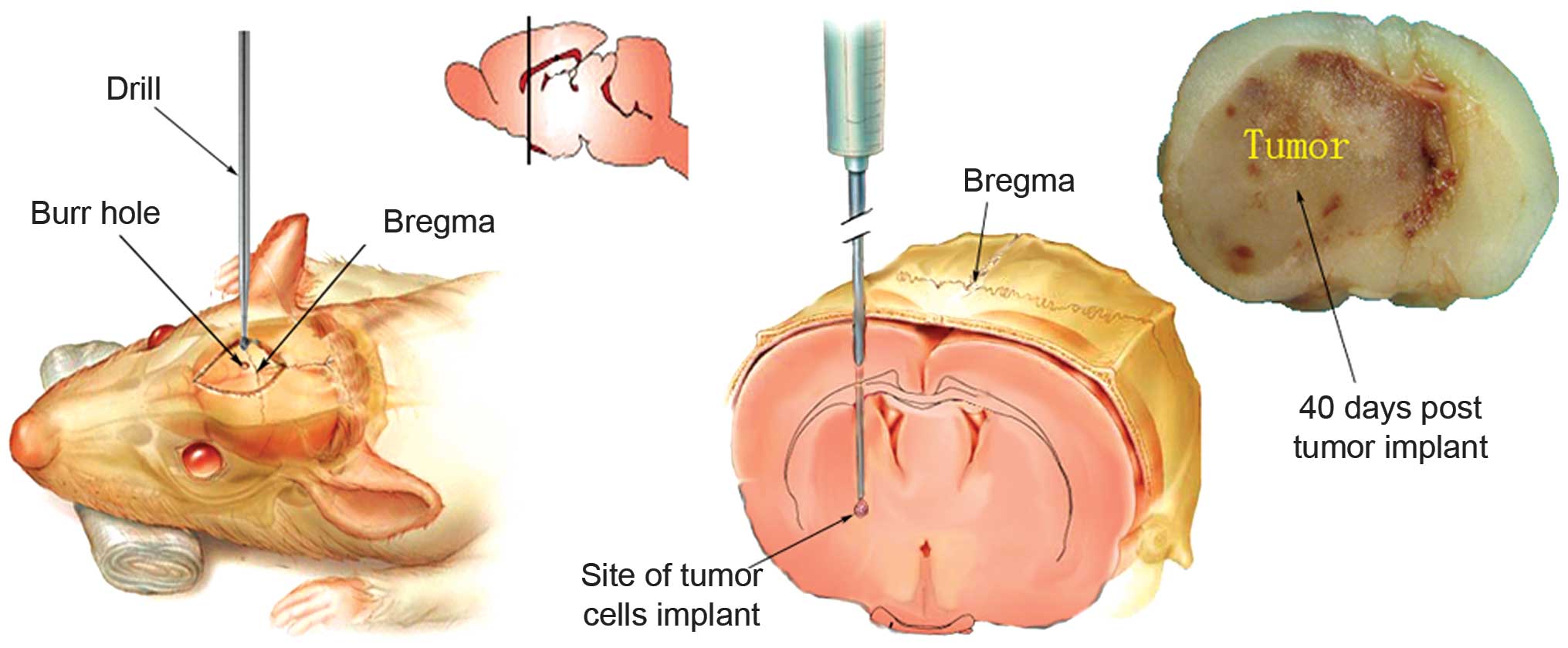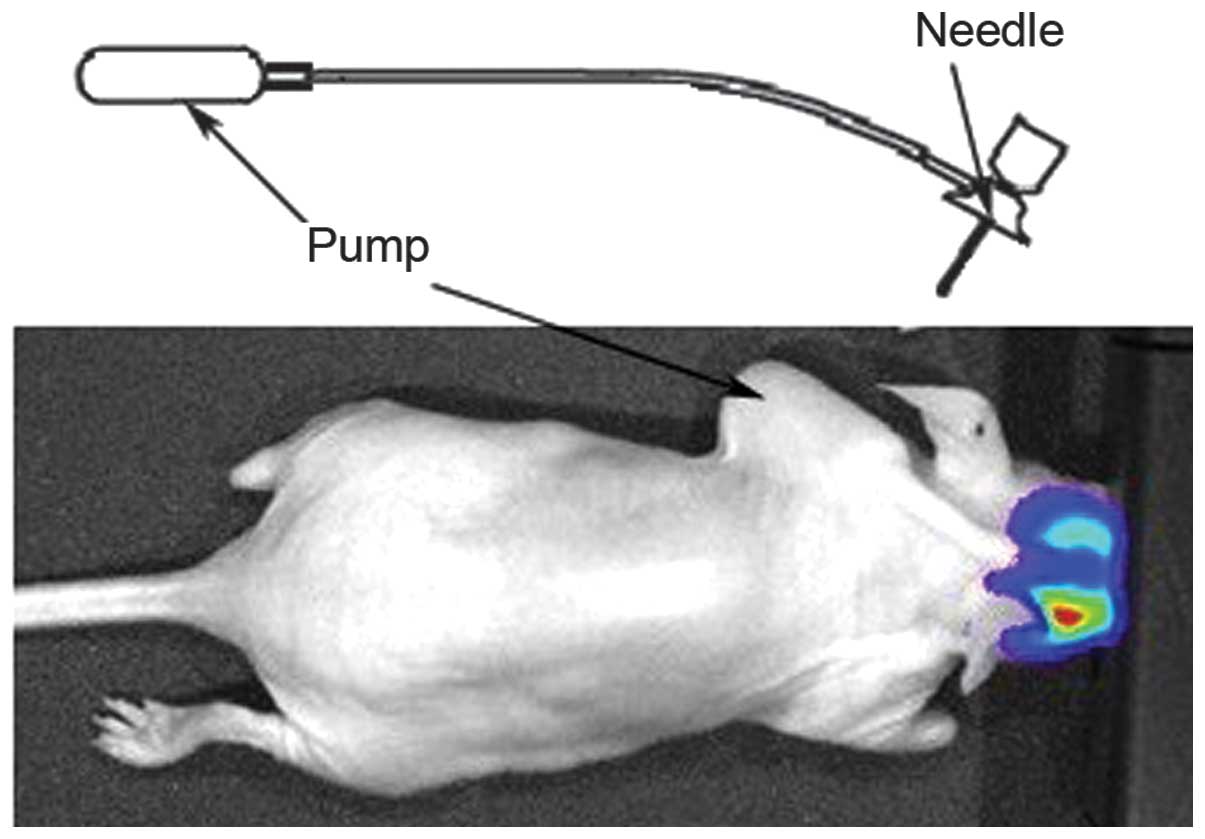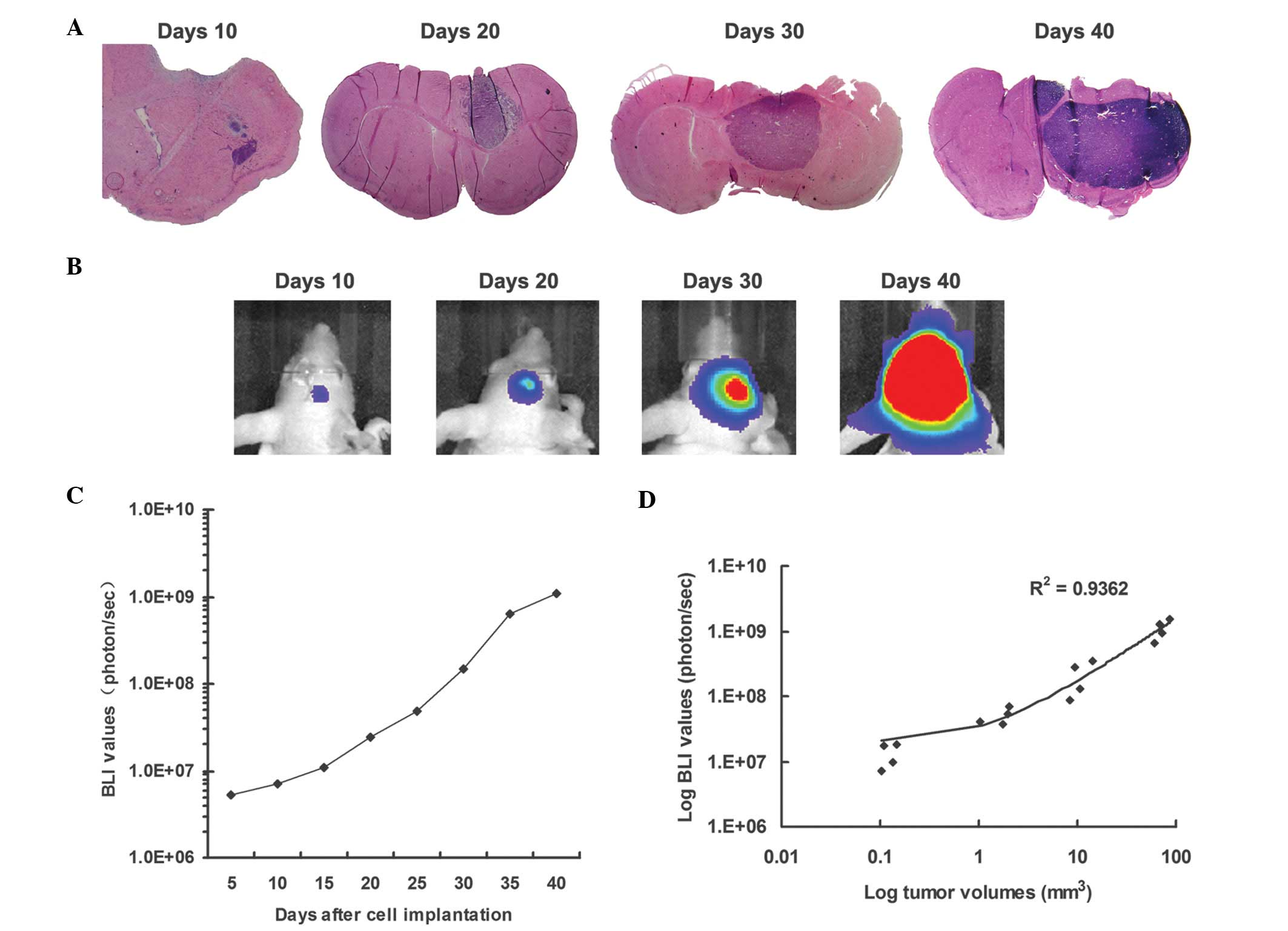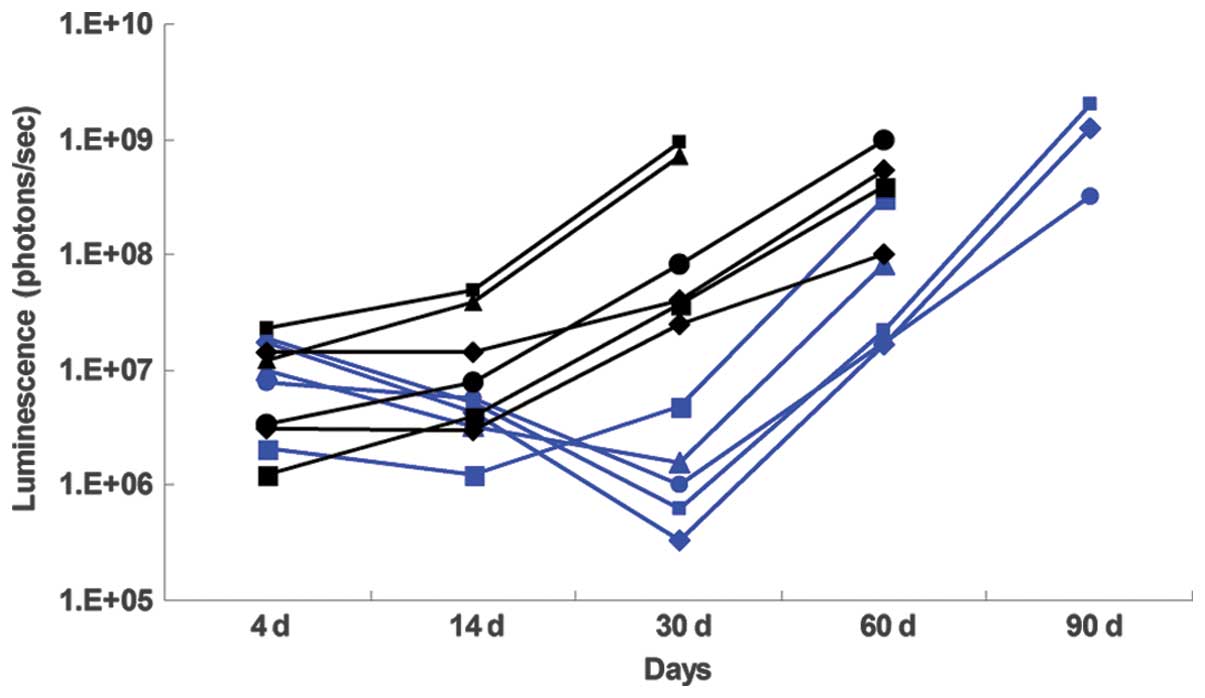|
1
|
Arnold SM and Patchell RA: Diagnosis and
management of brain metastases. Hematol Oncol Clin North Am.
15:1085–1107. 2001. View Article : Google Scholar
|
|
2
|
Gaspar L, Scott C, Rotman M, et al:
Recursive partitioning analysis (RPA) of prognostic factors in
three Radiation Therapy Oncology Group (RTOG) brain metastases
trials. Int J Radiat Oncol Biol Phys. 37:745–751. 1997. View Article : Google Scholar : PubMed/NCBI
|
|
3
|
Hall WA: Immunotoxin therapy. Neurosurg
Clin N Am. 7:537–546. 1996.PubMed/NCBI
|
|
4
|
Rustamzadeh E, Low WC, Vallera DA and Hall
WA: Immunotoxin therapy for CNS tumor. J Neurooncol. 64:101–116.
2003. View Article : Google Scholar : PubMed/NCBI
|
|
5
|
Huang J, Li YM, Massague J, Sicheneder A,
Vallera DA and Hall WA: Intracerebral infusion of the bispecific
targeted toxin DTATEGF in a mouse xenograft model of a human
metastatic non-small cell lung cancer. J Neurooncol. 109:229–238.
2012. View Article : Google Scholar : PubMed/NCBI
|
|
6
|
Hall WA: Convection-enhanced delivery:
Neurosurgical issues. Curr Drug Targets. 10:126–130. 2009.
View Article : Google Scholar : PubMed/NCBI
|
|
7
|
Vogelbaum MA: Convection enhanced delivery
for treating brain tumors and selected neurological disorders:
Symposium review. J Neurooncol. 83:97–109. 2007. View Article : Google Scholar : PubMed/NCBI
|
|
8
|
Vogelbaum MA, Sampson JH, Kunwar S, et al:
Convection-enhanced delivery of cintredekin besudotox
(interleukin-13-PE38QQR) followed by radiation therapy with and
without temozolomide in newly diagnosed malignant gliomas: Phase 1
study of final safety results. Neurosurgery. 61:1031–1038. 2007.
View Article : Google Scholar : PubMed/NCBI
|
|
9
|
Oh S, Ohlfest JR, Todhunter DA, et al:
Intracranial elimination of human glioblastoma brain tumors in nude
rats using the bispecific ligand-directed toxin, DTEGF13 and
convection enhanced delivery. J Neurooncol. 95:331–342. 2009.
View Article : Google Scholar : PubMed/NCBI
|
|
10
|
Hall WA, Rustamzadeh E and Asher AL:
Convection-enhanced delivery in clinical trials. Neurosurg Focus.
14:e22003. View Article : Google Scholar
|
|
11
|
Rehemtulla A, Stegman LD, Cardozo SJ, et
al: Rapid and quantitative assessment of cancer treatment response
using in vivo bioluminescence imaging. Neoplasia. 2:491–495. 2000.
View Article : Google Scholar
|
|
12
|
Paroo Z, Bollinger RA, Braasch DA, et al:
Validating bioluminescence imaging as a high-throughput,
quantitative modality for assessing tumor burden. Mol Imaging.
3:117–124. 2004. View Article : Google Scholar : PubMed/NCBI
|
|
13
|
Szentirmai O, Baker CH, Lin N, et al:
Noninvasive bioluminescence imaging of luciferase expressing
intracranial U87 xenografts: Correlation with magnetic resonance
imaging determined tumor volume and longitudinal use in assessing
tumor growth and antiangiogenic treatment effect. Neurosurgery.
58:365–372. 2006. View Article : Google Scholar : PubMed/NCBI
|
|
14
|
Nguyen DX, Chiang AC, Zhang XH, et al:
WNT/TCF signaling through LEF1 and HOXB9 mediates lung
adenocarcinoma metastasis. Cell. 138:51–62. 2009. View Article : Google Scholar : PubMed/NCBI
|
|
15
|
Bobo RH, Laske DW, Akbasak A, Morrison PF,
Dedrick RL and Oldfield EH: Convection-enhanced delivery of
macromolecules in the brain. Proc Natl Acad Sci USA. 91:2076–2080.
1994. View Article : Google Scholar : PubMed/NCBI
|
|
16
|
Sampson JH, Brady ML, Petry NA, et al:
Intracerebral infusate distribution by convection-enhanced delivery
in humans with malignant gliomas: Descriptive effects of target
anatomy and catheter positioning. Neurosurgery. 60:ONS89–ONS99.
2007. View Article : Google Scholar : PubMed/NCBI
|
|
17
|
Mamot C, Nguyen JB, Pourdehnad M, et al:
Extensive distribution of liposomes in rodent brains and brain
tumors following convection-enhanced delivery. J Neurooncol.
68:1–9. 2004. View Article : Google Scholar : PubMed/NCBI
|
|
18
|
Saini M, Roser F, Samii M and Bellinzona
M: A model for intratumoural chemotherapy in the rat brain. Acta
Neurochir (Wien). 146:731–734. 2004. View Article : Google Scholar
|
|
19
|
Olson JJ, Zhang Z, Dillehay D and Stubbs
J: Assessment of a balloon-tipped catheter modified for
intracerebral convection-enhanced delivery. J Neurooncol.
89:159–168. 2008. View Article : Google Scholar : PubMed/NCBI
|
|
20
|
Morrison PF, Chen MY, Chadwick RS, Lonser
RR and Oldfield EH: Focal delivery during direct infusion to brain:
Role of flow rate, catheter diameter, and tissue mechanics. Am J
Physiol. 277:R1218–R1229. 1999.PubMed/NCBI
|
|
21
|
Griffitt W, Glick RP, Lichtor T, Haughton
DE and Cohen EP: Development of a new mouse brain tumor model using
implantable micro-cannulas. J Neurooncol. 41:117–120. 1999.
View Article : Google Scholar : PubMed/NCBI
|
|
22
|
Morreale VM, Herman BH, Der-Minassian V,
et al: A brain-tumor model utilizing stereotactic implantation of a
permanent cannula. J Neurosurg. 78:959–965. 1993. View Article : Google Scholar : PubMed/NCBI
|
|
23
|
Ray P, Wu AM and Gambhir SS: Optical
bioluminescence and positron emission tomography imaging of a novel
fusion reporter gene in tumor xenografts of living mice. Cancer
Res. 63:1160–1165. 2003.PubMed/NCBI
|
|
24
|
Dickinson PJ, LeCouteur RA, Higgins RJ, et
al: Canine model of convection-enhanced delivery of liposomes
containing CPT-11 monitored with real-time magnetic resonance
imaging: Laboratory investigation. J Neurosurg. 108:989–998. 2008.
View Article : Google Scholar : PubMed/NCBI
|
|
25
|
Shah K, Bureau E, Kim DE, et al: Glioma
therapy and real-time imaging of neural precursor cell migration
and tumor regression. Ann Neurol. 57:34–41. 2005. View Article : Google Scholar
|













